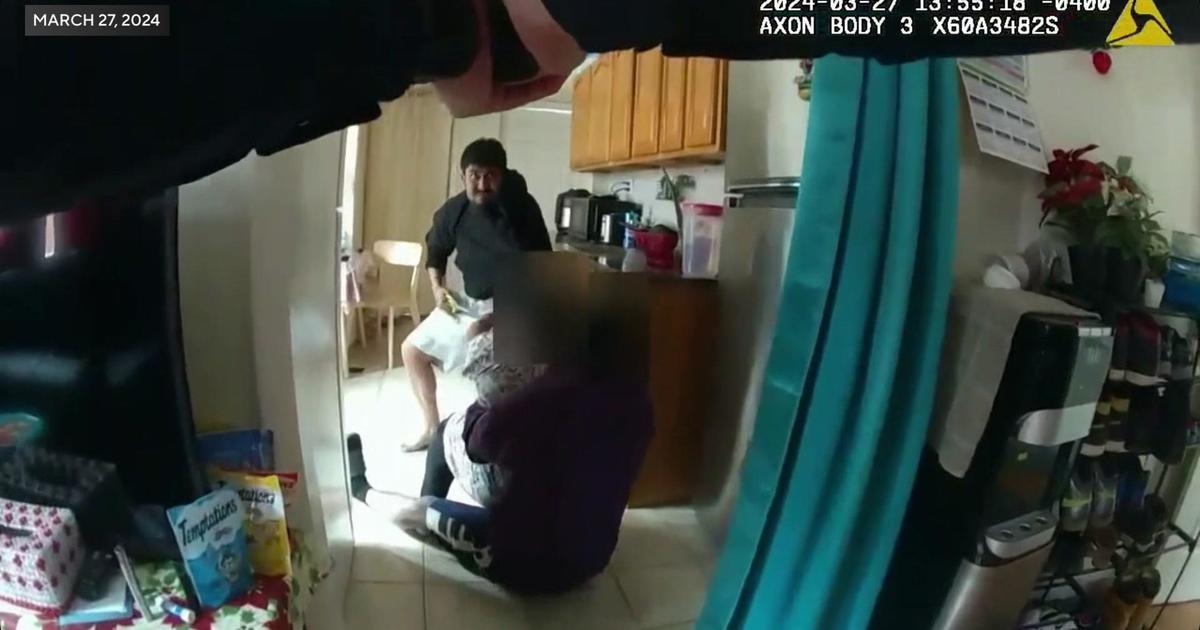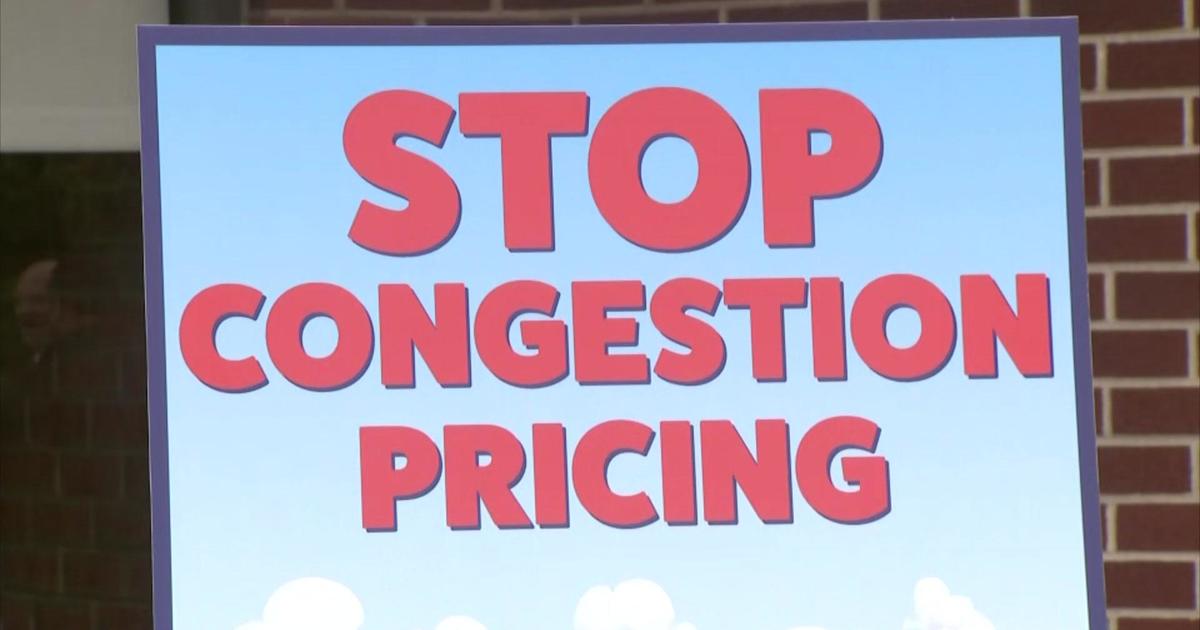MTA unveils plans to make system more resilient to flooding. Here's how much money they're investing.
NEW YORK -- The MTA is unveiling a plan to make mass transit more resilient to inclement weather after subways and buses have ended up flooded during recent storms.
The MTA and its partners have invested millions but say the system will need billions more to make the system resilient.
MTA to invest $6 billion in flooding resiliency
MTA officials released a comprehensive blueprint they believe will fortify transit. It outlines a necessary $6 billion in the next decade to protect what the MTA says is $1.5 trillion system.
"We need to make the investments. We need to update the infrastructure," Sen. Nathalia Fernandez said.
MTA officials say the number of rain events per year is expected to double by 2050. The subways right now can't take more than 1.75 inches an hour.
This proposal will be in the 2025-2029 capital plan that will be released in fall 2024 and must be approved by the MTA board, governor and legislature.
This plan needs to be approved and funding needs to be allocated. MTA officials say that could happen as soon as a year from now.
How the MTA is trying to stop flooding in the subway system
In the meantime, secured investments have resulted in improvements to make stations more resilient.
"Simple moves like raising entry steps and sealing street vents prevents the kind of flooding that takes service out or causes risk to our passengers," said Jamie Torres-Springer, MTA Construction and Development President.
"In a preparation phase, make sure drains are clear. We have to work with the city to make sure that there aren't any obstructions at street level," said MTA Chair and CEO Janno Lieber.
History of flooding in NYC subways, mass transit
Rain often leads to trouble for New York City's mass transit.
In September when a rainstorm hit, the tracks at the MTA railyard in the South Bronx were underwater, leading to a shutdown where all three of the Metro-North East-of-Hudson lines come together.
"Here at Mott Haven Yard, which carries 98 percent of Metro-North service, it has flooded from heavy rainfall 13 times since 2016," Torres-Springer said.
Scientists say areas of New York City that were once wetlands, streams or ponds are especially flood-prone due to increased heavy rainfalls caused by climate change, and much of the city's infrastructure was not built to handle that kind of rain.




